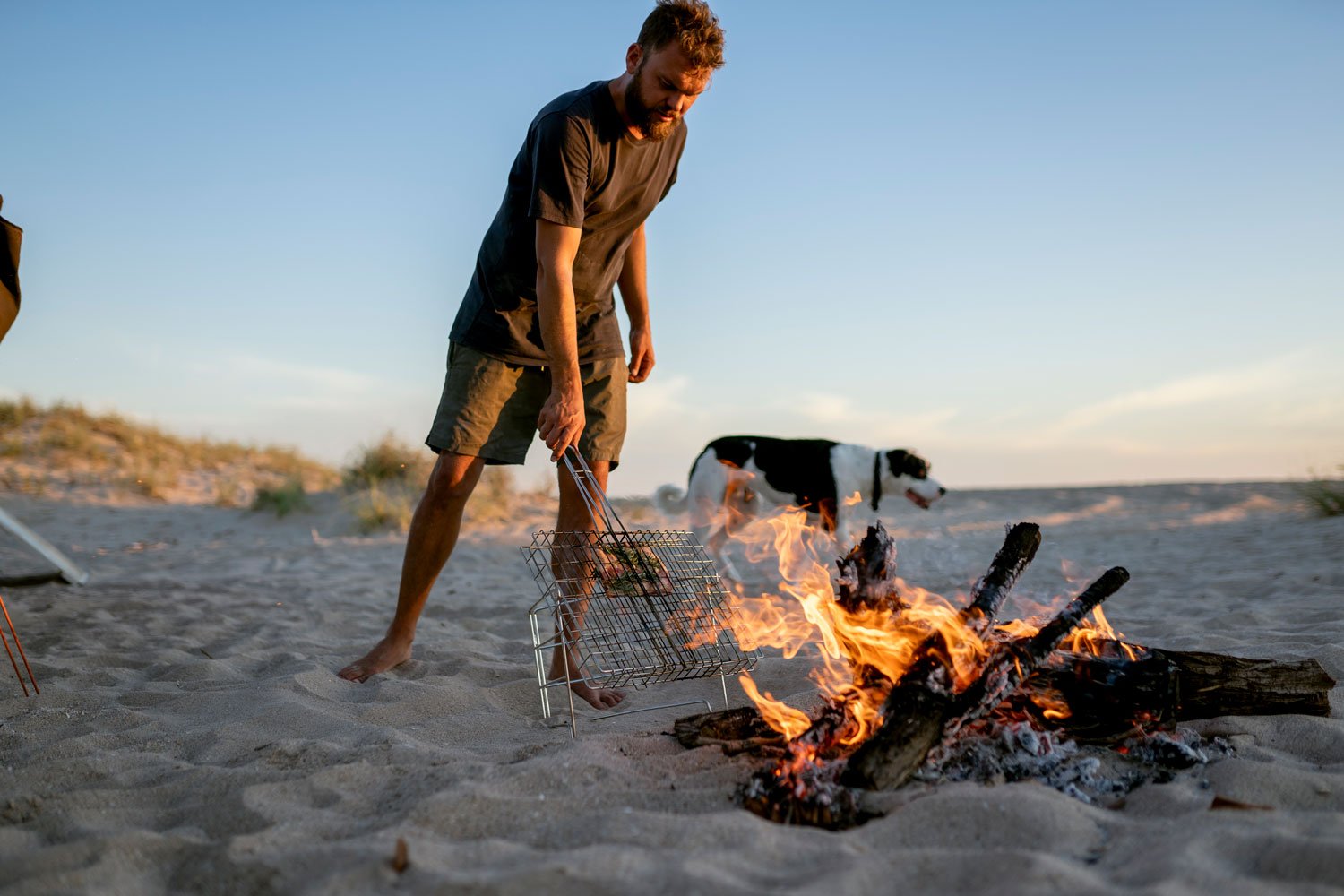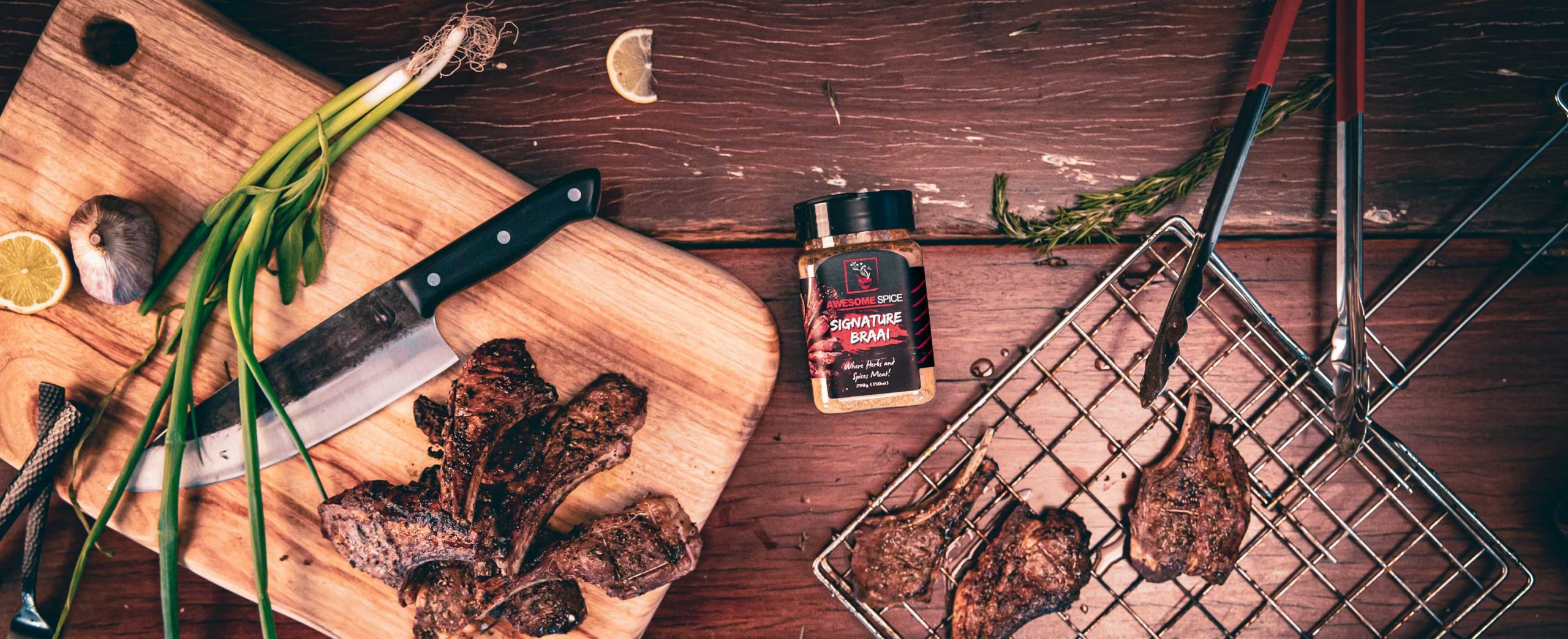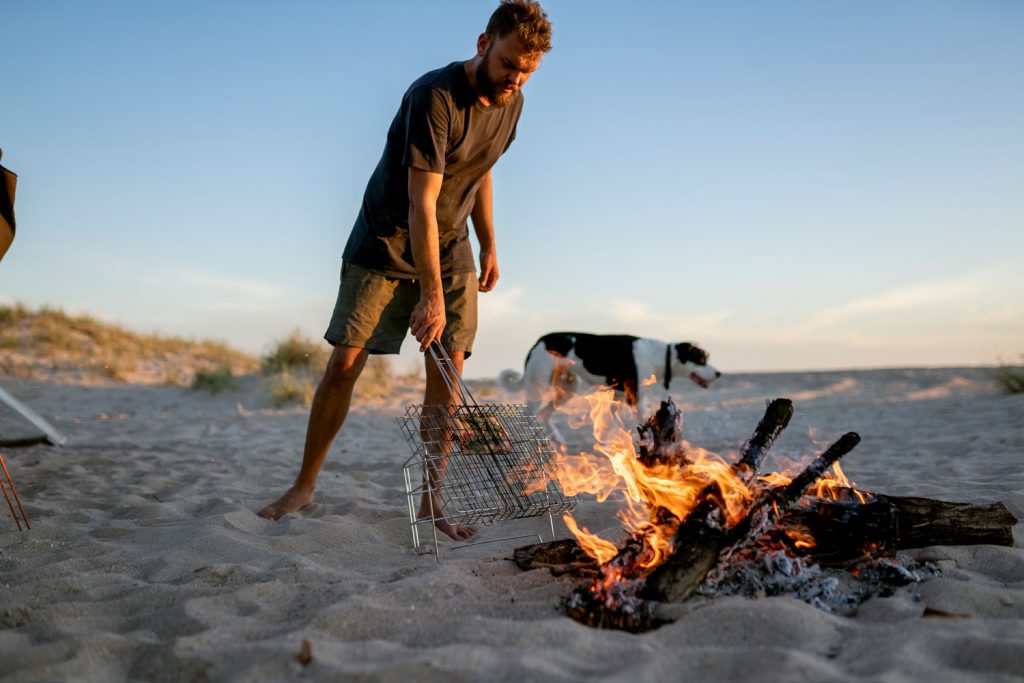Blog, News, Tips and Tricks
Mastering the Art of Slow Roasting and Reverse Searing
 At OZ Braai, we believe in the power of perfecting your cooking techniques to create extraordinary outdoor culinary experiences. Whether you’re a seasoned braaier or just starting, understanding the science behind slow roasting and reverse searing can take your from novice to expert to impress your guests. In this article, we’ll explore these methods in depth and show you how our versatile Camp Braai and electric rotisserie can help you achieve delicious results.
At OZ Braai, we believe in the power of perfecting your cooking techniques to create extraordinary outdoor culinary experiences. Whether you’re a seasoned braaier or just starting, understanding the science behind slow roasting and reverse searing can take your from novice to expert to impress your guests. In this article, we’ll explore these methods in depth and show you how our versatile Camp Braai and electric rotisserie can help you achieve delicious results.
The Science of Slow Roasting
Slow roasting is a method that involves cooking meat at a low temperature for an extended period. This technique is renowned for its ability to produce tender, juicy, and evenly cooked meat. Here’s why:
- Even Cooking: Cooking meat slowly at a low temperature (120-150°C) ensures that it cooks evenly from edge to centre. This prevents the outer layers from overcooking while the inside reaches the desired doneness.
- Moisture Retention: Low-temperature cooking reduces the evaporation of moisture, resulting in a juicier final product. The meat retains its natural juices, enhancing its flavour and tenderness.
- Tenderisation: Slow roasting breaks down tough connective tissues (collagen) into gelatin, resulting in a more tender and palatable texture. This is particularly beneficial for tougher cuts of meat.
The Reverse Searing Technique
Reverse searing is a two-step process that combines the benefits of slow roasting with the flavourful crust of high-heat searing. This method involves:
- Initial Slow Cooking: The meat is first cooked at a low temperature until it reaches just below the target internal temperature. This ensures that the meat is evenly cooked throughout.
- Searing: After the initial cooking, the meat is seared at a high temperature (230-260°C) on your braai. This step involves the Maillard reaction, where amino acids and reducing sugars react to create a richly flavoured, brown crust on the surface of the meat.
Why Choose Reverse Searing?
- Precision: Slow cooking the meat first allows for greater control over the internal temperature, reducing the risk of overcooking.
- Enhanced Flavour and Texture: The low and slow cooking retains moisture and tenderness, while the high-heat sear adds a flavourful crust and a delightful texture contrast.
- Consistent Results: This method is particularly effective for thicker cuts of meat, ensuring a consistent doneness throughout.
Using Our Camp Braai for Reverse Searing
Our Camp Braai is designed for versatility, making it an excellent choice for reverse searing. Here’s how you can use it:
- Initial Cooking: Place the meat in the basket at the top level of the stand, allowing it to cook slowly over indirect heat. This gentle heat ensures even cooking and moisture retention. Alternatively, you can hang your basket on the stand and move it next to your camp fire. The rule of thumb is to have just enough heat to hold your hand between the basket and the fire for at least 3-4 seconds before it gets too hot to keep your hand there.
- High-Heat Searing: Place your stand directly over the hot coals and place the basket in one of the two bottom levels of the stand for a quick, high-heat sear. This will create a deliciously crispy crust while keeping the inside perfectly cooked.
Using Our Electric Rotisserie for Slow Roasting
Our OZ Braai electric rotisserie is perfect for slow roasting, ensuring tender and evenly cooked meat every time. Here’s how you can use it:
- Preparation: Season your meat with your favourite Awesome Spice blend and secure it on the rotisserie spit.
- Slow Roasting: Set up the rotisserie on one of your braais or bbq with medium to hot coals. The gentle, consistent rotation and low heat will cook the meat slowly, breaking down connective tissues and retaining moisture.
Additional Tips for Perfecting Your Technique
- Temperature Monitoring: Use a meat thermometer to monitor the internal temperature accurately during both slow roasting and searing.
- Resting the Meat: Allow the meat to rest for a few minutes after searing. This helps redistribute the juices, ensuring a moist and flavourful result.
- Experiment with Flavours: Enhance your meat with our range of Awesome Spice blends before cooking. The slow roasting process will infuse the flavours deeply, and the searing will create a tantalising crust.
Resting Time Formula
A more precise approach can be to rest the meat for 1 minute per 100 grams of meat. This ratio can help ensure that larger cuts get sufficient resting time while smaller cuts do not rest for too long.
Why Rest Meat?
- Juice Redistribution: When meat cooks, its juices move towards the outer edges due to the heat. Resting allows these juices to redistribute evenly throughout the meat, making it juicier and more flavourful.
- Temperature Stabilisation: Resting helps the temperature inside the meat to even out. The residual heat continues to cook the meat slightly, ensuring a consistent level of doneness.
- Ease of Carving: Resting makes the meat firmer and easier to carve. This helps in getting clean, neat slices without losing too much juice.
How to Rest Meat
- Tent with Foil: Loosely cover the meat with aluminium foil to retain some heat while preventing the meat from steaming and losing its crispy crust. Alternatively if you have a meat bucket, place the meat in the meat bucket and keep it somewhere close to your fire but not directly over the heat. The idea is to slowly cool down while resting and not to have it on a warm surface that will continue to warm up the meat which will continue to cook it.
- Warm Environment: Avoid cold surfaces that can cool the meat too quickly.
At OZ Braai, we are committed to helping you create memorable outdoor cooking experiences. By mastering slow roasting and reverse searing, you can enjoy tender, juicy, and flavourful meat every time. Explore our range of braais and accessories to find the perfect tools for your next culinary adventure.
Happy Braaing or Roasting !



